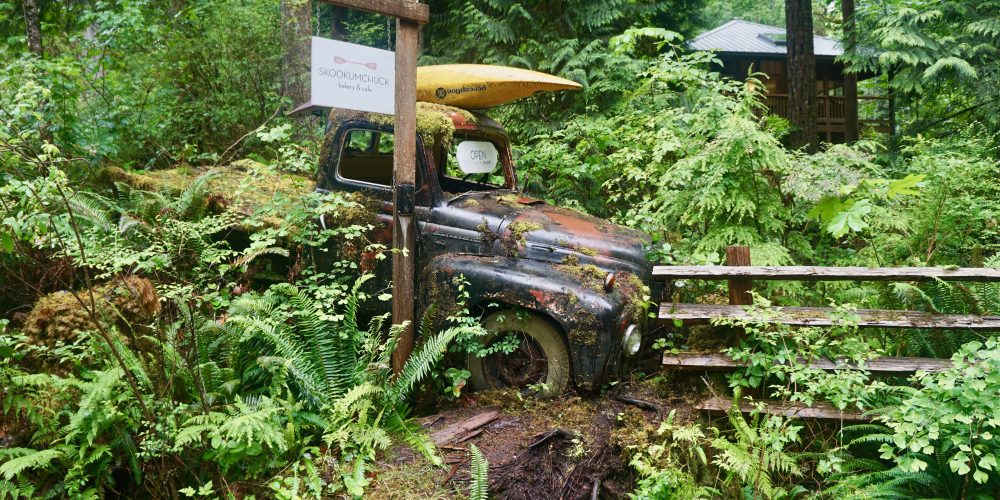Part of this week’s seminar will consist of a group reading exercise, based on the article “Uncommon ground – our new urban oases”, which appeared in The New York Times Sunday magazine last year. You’ll have time to read the piece together, but feel free to take a look in advance as well.
Returning from reading week, lecture focused on methods of understanding and measuring access to urban forests to advance public health. Such interdisciplinary conversations and collaboration are critical to maximizing the potential health benefits of urban forestry. In seminar, there was a guest lecture from Lorien Nesbitt on her research into equity issues in urban greenspace.
One way to advance intersectoral collaborations is by identifying the potential monetary benefits of greenspace interventions, and the article examining the impact of parks and trees in Toronto by Kardan and colleagues achieves just that. The methodology is fairly complex, so you may want to focus on the introduction and discussion sections. If you’re interested in how these findings were translated for a broader audience, take a look at the Washington Post’s summary of the piece.
Offering additional insights into how evidence is put into practice, the BC Provincial Health Services Authority’s Healthy Built Environment Linkages toolkit is directed toward public health professionals, urban planners, and resource managers and explicitly links research to best practices for creating a healthy built environment.
Unpacking research articles can certainly be challenging, but it’s also a critical skill you need to develop both as a student and practitioner. This step-by-step guide to reading a scientific article is an excellent foundation for honing this skill.
Finally, we’re hoping students have found time to review Assignment Two – which is due by 4 p.m. next Thursday, March 9 – so feel free to post any questions about the assignment either here or on the Assessment page. And, as always, your comments on what we’re reading and learning are always appreciated!
